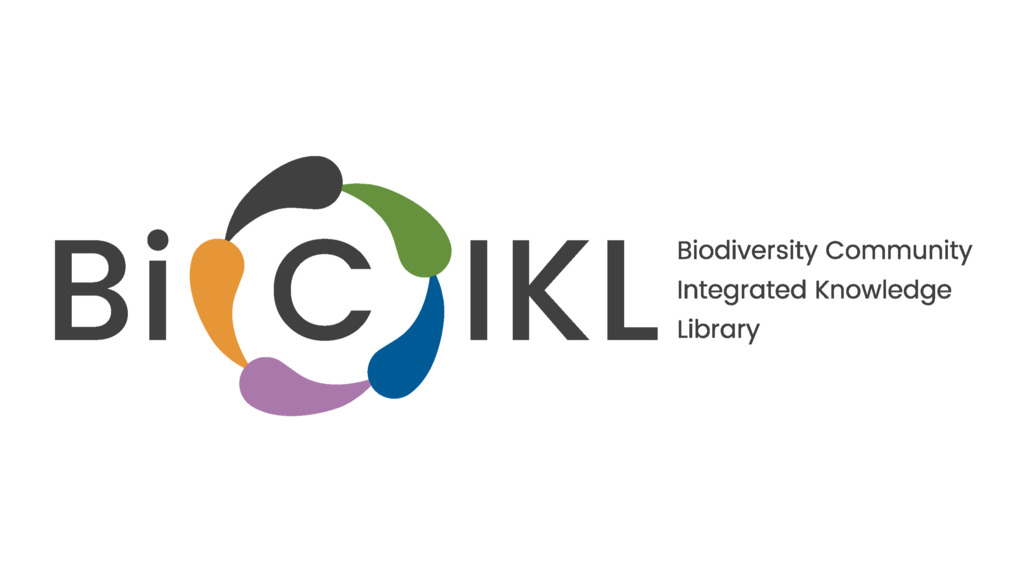Linking FAIR data across the biodiversity research cycle, NEW article collection

A new article collection, dedicated to linked FAIR biodiversity data was announced by the EU-funded Biodiversity Community Integrated Knowledge Library (BiCIKL) project.
The BiCIKL project is dedicated to building new communities of key research infrastructures, researchers, citizen scientists and other stakeholders by using linked and FAIR biodiversity data at all stages of the research lifecycle, from specimens through sequencing and identification of taxa, to final publication in advanced, human- and machine-readable, reusable scholarly articles.
Supported by BiCIKL, the upcoming collection at BDJ will provide an exciting opportunity for biodiversity researchers to enjoy free and technologically advanced publication for up to 100 scholarly articles.
The collection will welcome research articles, data papers, software descriptions, and methodological/theoretical papers that demonstrate the advantages and novel approaches in accessing and (re-)using linked biodiversity data.
***
We are looking for a core team of guest editors to support this initiative. If you are interested, please let us know at bdj@pensoft.net.
***
The articles will be published for free. They all need to acknowledge the BiCIKL project, Grant No 101007492 in the Acknowledgements section.
In this collection, the authors will need to ensure that their narratives comply with the community-agreed standards for terms, ontologies and vocabularies. Additionally, they will be required to use explicit persistent identifiers, where such are available.
Here are several examples of research questions concerning semantically enriched biodiversity data:
- How linking taxa or OTUs to external data in my study will contribute to a better understanding of the functions and regional/local processes within faunas/floras/mycotas or biotic communities?
- How mine and other researchers' data and narratives (e.g. specimen records, sequences, traits, biotic interactions etc.) can be re-used to support more extensive and data-rich studies?
- How to streamline taxon descriptions and inventories, including such based on genomic and barcoding data?
- How general conclusions, assertions and citations in my article can be expressed in a formal, machine-actionable language?
- Other taxon- or topic-specific research questions that would benefit from richer, semantically enhanced FAIR data.
Conditions for publication and types of articles:
- Manuscripts must use data from at least two of the BiCIKL’s partnering research infrastructures. Highly welcome are also submissions that include data from research infrastructures that are not part of BiCIKL.
- Taxonomic papers (e.g. descriptions of new species) must contain persistent identifiers for the holotype, paratypes and the majority of the specimens used in the study.
- New species descriptions using data associated with a particular Barcode Identification Number (BIN) imported directly from BOLD via the ARPHA Writing Tool are encouraged.
- Individual specimen records imported directly from BOLD, GBIF or iDigBio into the manuscript are strongly encouraged.
- Hyperlinked in-text citations of taxon treatments from Plazi’s TreatmentBank are highly welcome.
- Other terms of value hyperlinked to external resources are encouraged.
- Tables that list gene accession numbers, specimens and taxon names, should conform to the Biodiversity Data Journal’s guidelines.
- Theoretical or methodological papers on linking of FAIR biodiversity data are eligible for the BiCIKL collection if they provide examples and use cases.
- Data papers or software descriptions are eligible if they use data from the BiCIKL’s partnering research infrastructures, or describe tools and services that facilitate access to and linking between FAIR biodiversity data.
You can find full information about the eligibility criteria in the Open Call published on the BiCIKL’s website, or can contact us at bdj@pensloft.net.